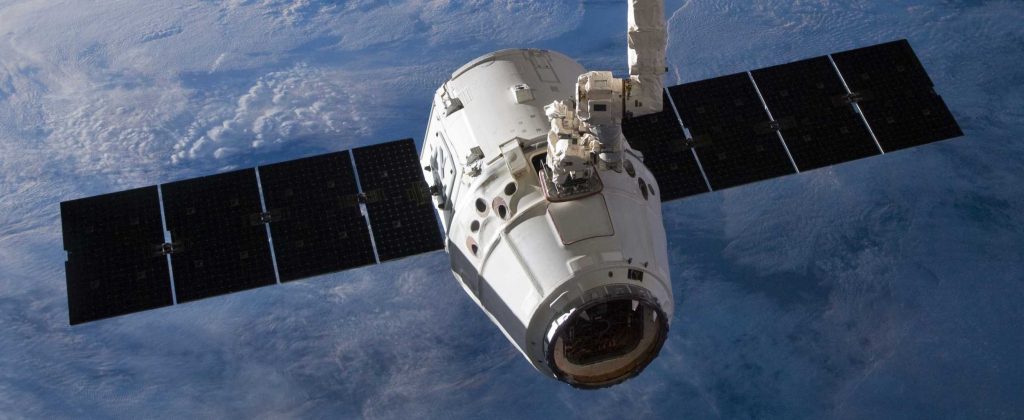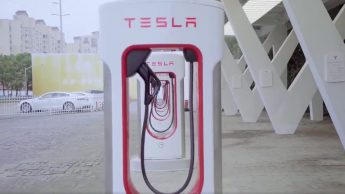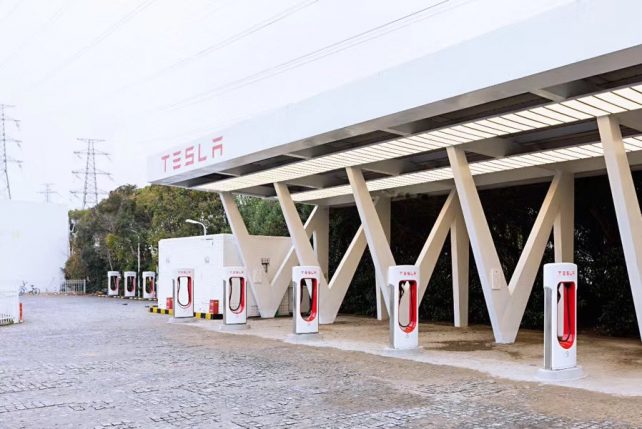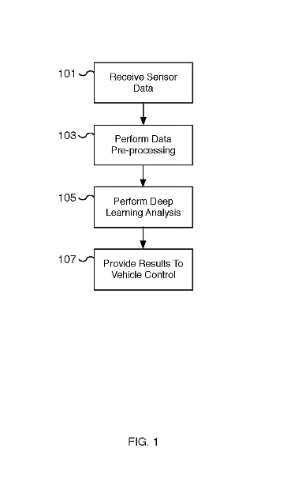On December 26th, SpaceX’s second-to-last Cargo Dragon spacecraft was photobombed in orbit by the shadow cast on Earth by a solar eclipse, likely a little over a week before the vehicle is set to reenter the atmosphere and splash down in the Pacific Ocean.
Cargo Dragon lifted off atop a rare new Falcon 9 booster – B1059 – on December 5th, carrying around 2600 kg (5800 lb) of cargo inside on the flight-proven capsules third launch into Earth orbit. After a quick three-day journey from its parking orbit to the International Space Station (ISS), Dragon was successfully captured by the station’s astronauts with a robotic arm and berthed to the orbital outpost, where the crew quickly unloaded its cargo of food, consumables, science, and equipment.
Shortly after liftoff, Falcon 9 B1059 completed its first successful landing – a bit of a surprise ordeal aboard drone ship Of Course I Still Love You (OCISLY) – and the relatively gentle reentry and trajectory should mean that the booster can be turned around almost immediately for its next launch. B1059 is thus a prime candidate for reuse on a future NASA mission and could very well support Cargo Dragon’s next space station resupply mission (CRS-20) as early as March 2020.
For a number of reasons, the spacecraft’s recent success is a touch bittersweet.
Notably, CRS-19 is the second to last orbital mission scheduled for SpaceX’s original Dragon spacecraft, which debuted in orbit in December 2010, becoming the first commercial spacecraft to successfully reenter and be recovered intact. Less than a year and a half later, Cargo Dragon became the world’s first commercial spacecraft to successful rendezvous and berth with the International Space Station (ISS).
The rest, as they say, is history. Five months later, SpaceX launched Cargo Dragon’s first official mission under NASA’s Commercial Resupply Services (CRS) program, known as CRS-1. Aside from a June 2015 launch vehicle failure that prevented Cargo Dragon from reaching orbit on its CRS-7 mission, SpaceX has successfully completed every resupply mission that managed to reach orbit, delivering more than 43 metric tons (95,000 lb) of supplies to the space station and the astronauts aboard it.

There have been several technical challenges over the years but every Cargo Dragon that reached orbit successfully completed its space station resupply mission and was recovered intact from the ocean surface after reentering Earth’s atmosphere. SpaceX has matured and improved almost every aspect of the spacecraft over the nine years it’s been flying, substantially upgrading its PICA-X heat shield, improving navigation sensors, upgrading its reusability, testing Crew Dragon and Starship hardware, and more.
Cargo Dragon has without a doubt been one of SpaceX’s biggest successes, combining with the company’s exceptionally capable and affordable Falcon 9 rocket to enable reliable cargo resupply missions, while also continuing to be the only way that NASA (or anyone alse) can return substantial non-human payloads back to Earth. Thankfully, although the spacecraft’s exceptional track record is set to come to an end after its next launch, the Cargo Dragon lineage will continue to supply the space station in the form of a modified version of Crew Dragon (i.e. Dragon 2).
On December 26th, SpaceX’s CRS-19 Cargo Dragon – attached to the International Space Station (ISS) – was photobombed by the shadow produced on Earth’s surface by an annular solar eclipse. With any luck, the spacecraft’s first upgraded successor will take over and begin orbital resupply launches as early as August 2020, setting SpaceX up for at least another four or so years of Dragon launches.
Check out Teslarati’s newsletters for prompt updates, on-the-ground perspectives, and unique glimpses of SpaceX’s rocket launch and recovery processes.

(adsbygoogle = window.adsbygoogle || []).push({});
<!–
–>
var disqus_shortname = «teslarati»;
var disqus_title = «SpaceX's Dragon spacecraft photobombed in orbit by solar eclipse»;
var disqus_url = «https://www.teslarati.com/spacex-cargo-dragon-solar-eclipse-photobombed/»;
var disqus_identifier = «teslarati-125042»;








